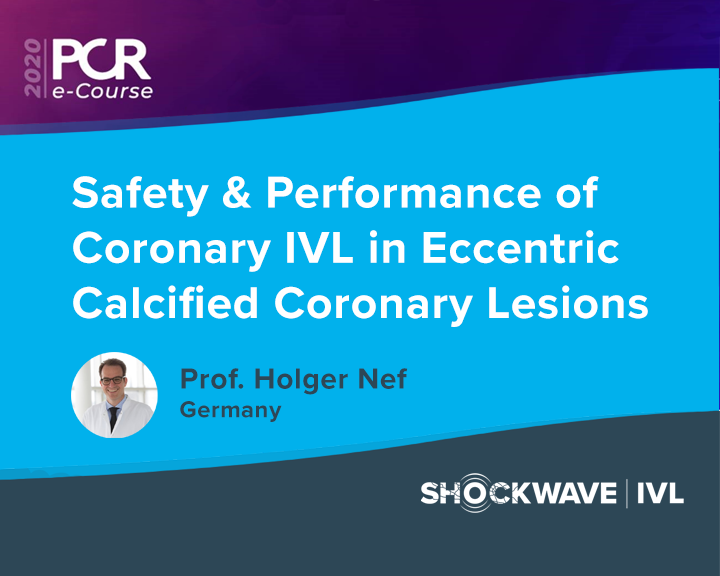At TCT Connect, investigators presented the 30-day primary endpoint analysis of the Disrupt CAD III study, the largest and most rigorous coronary IVL study to date.

Welcome to The Catalyst
Change isn't quick. Unless it's when you experience Intravascular Lithotripsy (IVL) for the first time. Stay apprised of our latest news and insights while discovering how a simple and intuitive tool can be The Catalyst to change the way you think about calcium modification.












